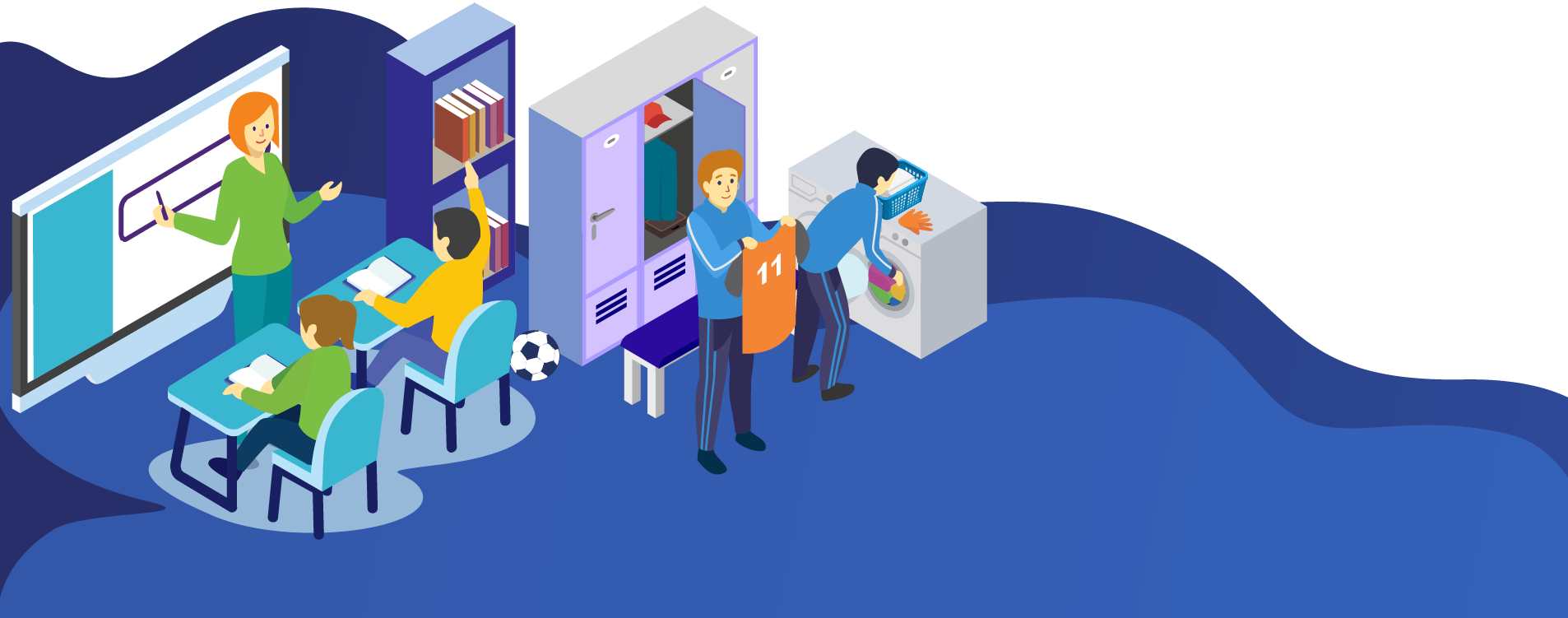How gamification in schools can make learning more engaging
In the age of smartphones and tablets, it’s easier than ever to play games in any location. Naturally, students having…

In the age of smartphones and tablets, it’s easier than ever to play games in any location. Naturally, students having their own phones allows them to bring games into the classroom – resulting in some distraction and plenty of confiscated mobiles in teachers’ drawers!
But what if schools could use students’ love of gaming to help – not hinder – their education? Well, that’s where gamification, an approach that combines game-like elements with learning, comes in.
In this blog, we’re exploring how schools can use their IT equipment to make learning more engaging through gamification.
Applying game-like elements to learning
Gamification isn’t a replacement for traditional means of learning – but it’s certainly an exciting way to stimulate students’ brains. This approach depends on game-design elements, such as:
- Points, achievements, and leaderboards to reward students and encourage competition
- Gradually-increasing difficulty to put students’ knowledge to the test
- Instant feedback to show mistakes and how to learn from them
- Timers to encourage fast-paced thinking
- Narratives and characters to keep the learning interesting
These features help to keep learners keen and motivated to improve. By combining this approach with some tricky maths questions, for instance, students learn how to solve problems in a way that’s more engaging and enjoyable than just completing textbook exercises!
A bit of friendly competition
One of the defining aspects of gamification is that it can add a competitive element to learning. This might take the form of leaderboards to show which students in the class are scoring the most points by getting the right answers. From a student perspective, seeing their name high up on the leaderboard is very rewarding – especially because peers can see their achievements.
What’s more, the students slightly lower down in the leaderboard can channel their competitive side to work their way up. Their desire to outperform their classmates serves as a great motivator to keep practising and learning. When they eventually earn those higher scores, it’s extra rewarding – and fun, too, thanks to the game-like elements that make students want to keep trying.
Framing learning in a new way
Teachers know that as soon as they utter the words ‘exam’ or ‘assessment’, they can expect some groans or sighs from the class. Although it’s a vital part of education, students aren’t usually too thrilled to hear about tests – but in the context of gamification, you can reframe assessments to sound far more exciting.
For instance, teachers can present a digital, game-like assessment as a mission to complete, rather than just another test. And instead of using terms such as marks and grades, they can challenge students to earn points or set a new high score. The benefit of this approach is that it changes how learners see a task on a subconscious level – they’re still taking a test, but if they’re doing this in a game-like setting, they’re less likely to see it as a chore or stressful exercise.
An exciting way to apply your school’s IT equipment
With classroom-friendly technology, schools can easily bring gamified learning into the classroom. Popular gamification apps, such as Kahoot and Classcraft, are available on a range of devices, including iPads and Chromebooks.
We hope this blog has inspired you to use gamified learning to take your teaching to the next level! If you’re looking for the right IT equipment to support game-based learning, look no further than Utility Rentals. Our flexible, fully-compliant leases allow you to access the latest devices at affordable prices. To discover how we can meet your EdTech needs, speak to our helpful rental experts today!
Tags
Similar Articles
EdTech: Should your school buy it or rent it?
Let’s start with the obvious disclaimer: we’re a company that provides rental finance for schools, so we love to sing…
How to lease laptops for your school
A lot of schools are reviewing their fleets of laptops right now, due to Microsoft’s decision to withdraw support for…



